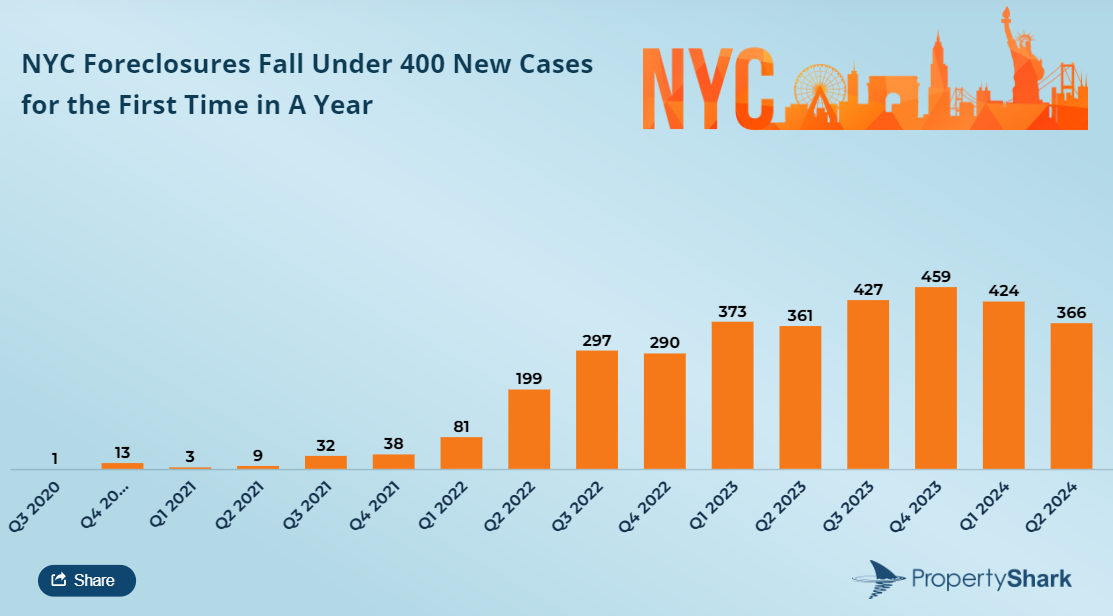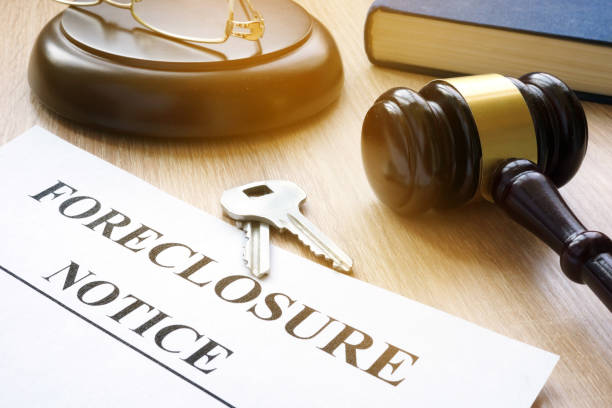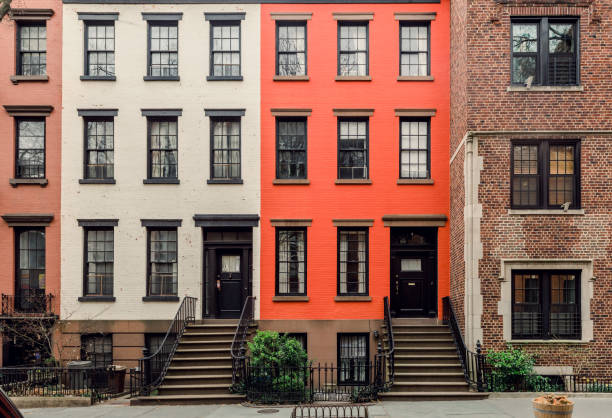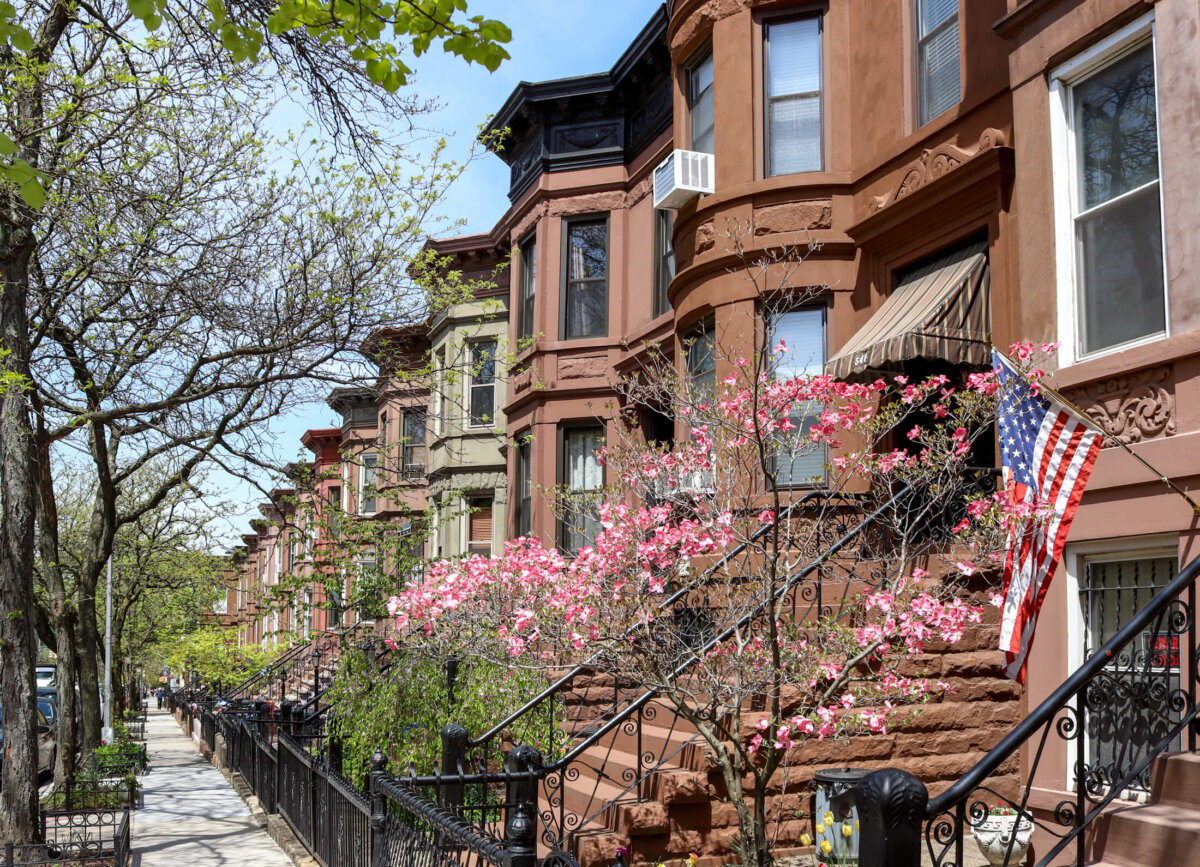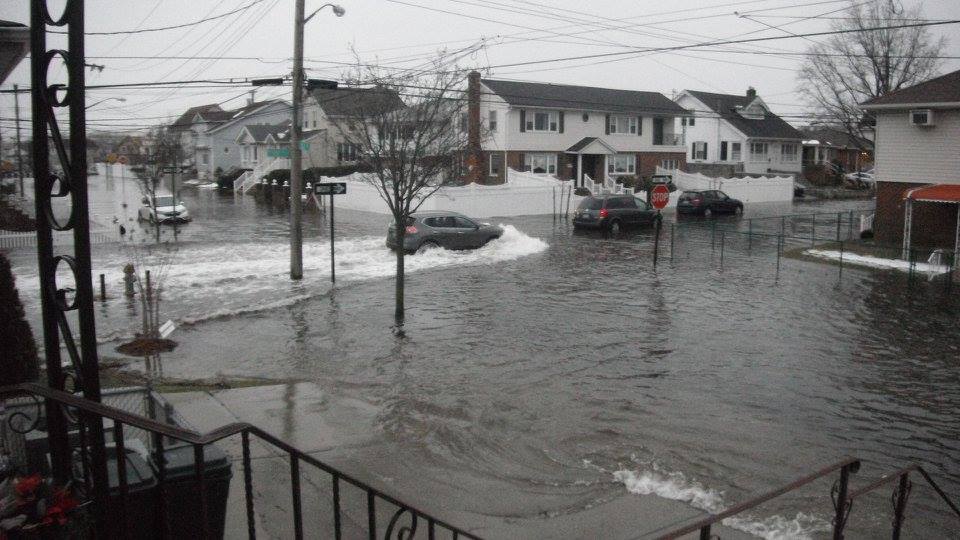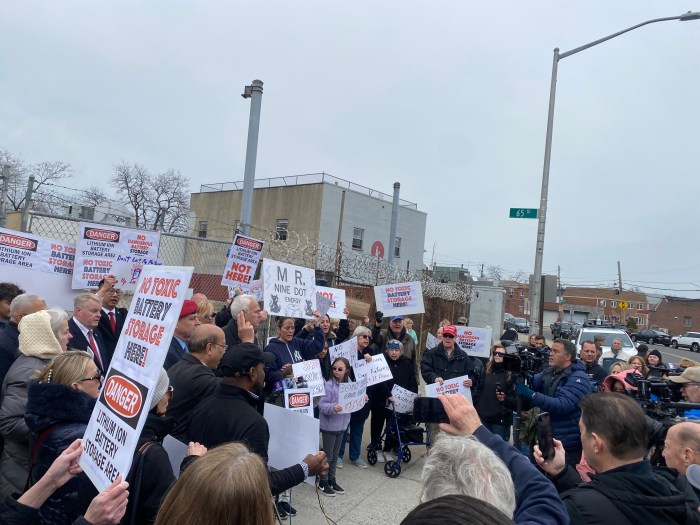A report by PropertyShark shows that foreclosures in New York City saw a slight uptick, 1%, in the second quarter of this year.
New York City’s foreclosure market has remained stagnant, especially in comparison with New Jersey, which continues to see some of the highest rates in the country.
The city’s foreclosure market seems to follow a pattern with the numbers from the second quarter of 2024 report coinciding with the numbers from the second quarter of 2023. In addition, 70% of first-time foreclosures are reported to be concentrated in Queens and Brooklyn, as well as the highest concentrations of foreclosures in general.
However, Queens continues to dominate the city’s market, claiming 44% of the city’s foreclosures in the second quarter of 2024.
According to the report, “historically, Queens has been the city’s leading borough for foreclosures, mainly due to its property mix, which skews towards lower-density residential.”
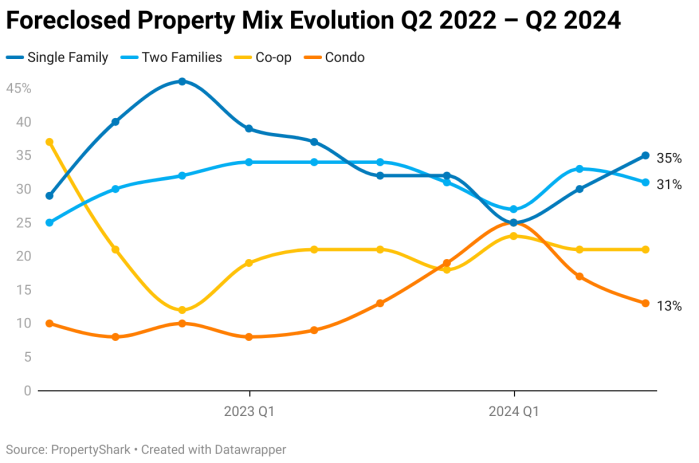
Following right behind Queens, Brooklyn claims 26% of the city’s foreclosures with the majority of them concentrated in East Flatbush. Nonetheless, Brooklyn remains the city’s pre-foreclosure hotspot.
Contrary to Queens and Brooklyn, Manhattan and Staten Island’s foreclosures went down, Manhattan only added 11% of the foreclosure inventory and “Staten Island cases dropped 31% year over year, the sharpest decrease across the five boroughs,” according to the report.
Additionally, Manhattan is the only borough that has returned to pre-pandemic activity levels.
As for the Bronx, the second quarter of 2024 shows that this borough had the lowest first-time foreclosures by only adding 9% of foreclosure inventory, clustered in the neighborhoods of Bronxdale, Parkchester and Van Nest.
As for pre-foreclosures, they went up 26%, citywide, from the previous quarter in 2024.
According to the report, “NYC foreclosure auctions have also stayed relatively modest, with no residential foreclosures sold for more than $5 million,” with the top two most expensive foreclosures being located in Brooklyn. As for non-residential foreclosures, they were slashed down by almost half, in comparison to the second quarter of 2023.
Read More: https://www.amny.com/real-estate/



